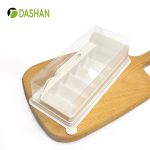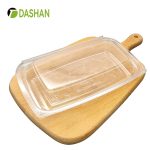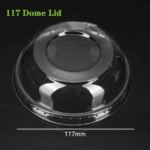Quick Summary
CPET plastic bags are oven-safe, freezer-to-oven, and recyclable packaging solutions. They withstand up to 220°C, making them ideal for ready meals, catering, bakery, and meat packaging while supporting sustainability.
Introduction
In today’s fast-paced foodservice and retail industries, packaging plays a crucial role in ensuring safety, convenience, and sustainability. Among the wide variety of materials available, CPET plastic bags have become a breakthrough innovation for businesses seeking packaging that not only protects food but also withstands extreme temperatures. Unlike traditional plastic packaging, CPET plastic bags offer exceptional heat resistance, making them suitable for use in ovens, microwaves, and even freezers.
This article takes a deep dive into the science, benefits, applications, and market potential of CPET plastic bags. We will explore how this material compares to PET, PP, and other plastics, why it is highly valued in foodservice and catering, and what makes it an eco-friendly choice in line with global sustainability goals.
What Are CPET Plastic Bags?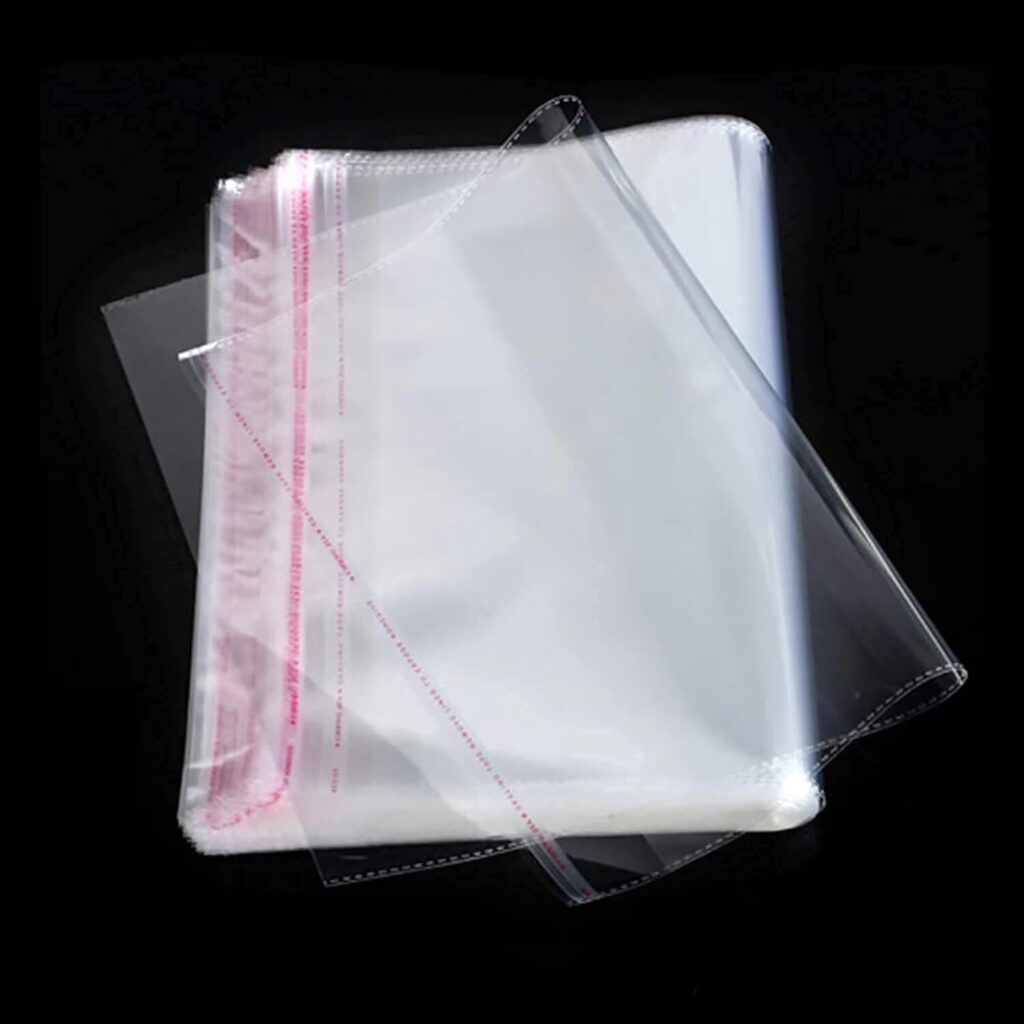
CPET stands for Crystallized Polyethylene Terephthalate, a thermoplastic polymer derived from PET. The crystallization process changes the structure of PET, giving it unique properties such as:
-
High heat resistance – can withstand temperatures from -40°C to 220°C.
-
Rigidity and durability – maintains shape under stress and heat.
-
Safe food contact – approved by FDA and EU standards.
-
Excellent barrier properties – protects food from moisture and oxygen.
While CPET trays are widely known in the frozen meal industry, CPET plastic bags are the next evolution, offering flexible yet ovenable solutions for packaging. These bags are manufactured to retain the durability of rigid CPET containers while providing the adaptability and space efficiency of plastic bags.
Why Choose CPET Plastic Bags Over Traditional Packaging?
Traditional plastic bags made from PP (Polypropylene), PE (Polyethylene), or PVC struggle under high temperatures and often release harmful chemicals if exposed to oven heat. On the other hand, CPET plastic bags are:
-
Oven-Safe – They can be placed directly in conventional or microwave ovens without melting, deforming, or releasing toxins.
-
Freezer-to-Oven Friendly – Food can be stored in the freezer and cooked in the same packaging, reducing handling time and food contamination risks.
-
Leak-Resistant and Strong – Thanks to CPET’s crystallized structure, these bags resist oil, grease, and liquids, making them ideal for ready-to-eat meals and sauces.
-
Sustainable – Many CPET plastic bags are made with a percentage of recycled content (rPET), aligning with circular economy principles.
-
Versatile – Suitable for prepared meals, bakery products, catering services, and retail packaging.
Heat Resistance: A Game-Changer
One of the biggest advantages of CPET plastic bags is their thermal stability. Unlike PP and PLA packaging, which typically max out at 100°C–120°C, CPET plastic bags can endure oven temperatures up to 220°C. This makes them suitable for:
-
Baking bread, pastries, and casseroles directly in packaging.
-
Roasting meats, poultry, and seafood without transferring food to another container.
-
Microwaving frozen meals without defrosting.
-
Reheating food quickly and safely in professional kitchens.
For example, a catering company can pack lasagna in CPET plastic bags, freeze it, transport it to events, and reheat it on-site in ovens without ever opening the packaging. This not only saves time but also ensures food safety by minimizing contamination.
Applications of CPET Plastic Bags
1. Foodservice and Catering
Restaurants and catering businesses benefit from CPET plastic bags because they can prepare meals in bulk, freeze them, and reheat them as needed. Dishes such as pasta, roasted vegetables, chicken wings, and soups are commonly packaged in CPET bags.
2. Ready-to-Eat Meals
Supermarkets and convenience stores increasingly rely on CPET plastic bags for their “grab-and-go” meals. Customers can simply place the bag directly into the oven or microwave.
3. Bakery and Confectionery
From croissants to cakes, bakery items stay fresh in CPET plastic bags. They can be baked directly in the bag, reducing bakery operational costs.
4. Meat and Seafood Packaging
CPET plastic bags provide a reliable solution for marinated meats, fish fillets, and seafood. The packaging can withstand oven roasting, ensuring flavor and freshness are preserved.
5. Airline and Hospital Meals
In sectors where food safety and efficiency are critical, CPET plastic bags simplify meal preparation, storage, and reheating while maintaining hygiene.
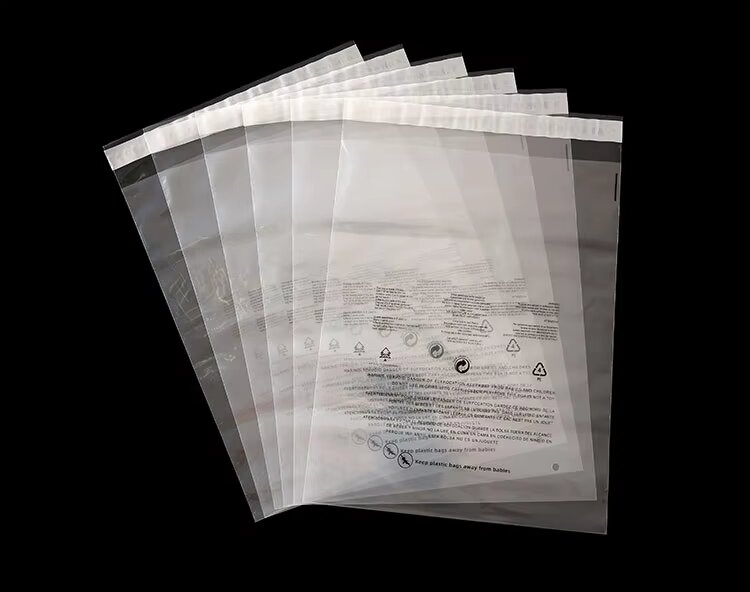
The Science Behind CPET
The crystallization process in CPET plastic bags is key to their performance. When PET is heated and cooled under controlled conditions, its molecular structure becomes more ordered, giving it:
-
High thermal stability (resists deformation at high temperatures).
-
Opaque or semi-crystalline appearance (often seen in CPET trays and bags).
-
Strong chemical resistance (safe for acidic, salty, and oily foods).
This makes CPET plastic bags not only functional but also safer for consumers.

Sustainability and Environmental Impact
Packaging sustainability is a pressing issue worldwide, and CPET plastic bags play an important role in closing the recycling gap. Key sustainability points include:
-
Recyclability – CPET plastic bags can be recycled in facilities that handle PET materials.
-
Use of Recycled Content – Many manufacturers incorporate rPET into CPET production, reducing dependence on virgin plastic.
-
Food Waste Reduction – By enabling freezer-to-oven convenience, CPET plastic bags minimize food spoilage.
-
Extended Shelf Life – Their barrier properties help reduce oxidation and maintain freshness.
Compared to single-use PE or PP bags, CPET plastic bags represent a more responsible choice for brands and consumers committed to sustainability.
Challenges and Limitations
While CPET plastic bags are highly innovative, they are not without limitations:
-
Higher Cost – They are more expensive than regular plastic bags, which may deter small businesses.
-
Recycling Infrastructure – Not all regions have facilities capable of recycling CPET efficiently.
-
Opaque Appearance – Unlike clear PET, CPET is often opaque, which can affect product presentation.
-
Consumer Awareness – Many consumers are not yet familiar with ovenable bags, requiring education.
Market Trends and Global Demand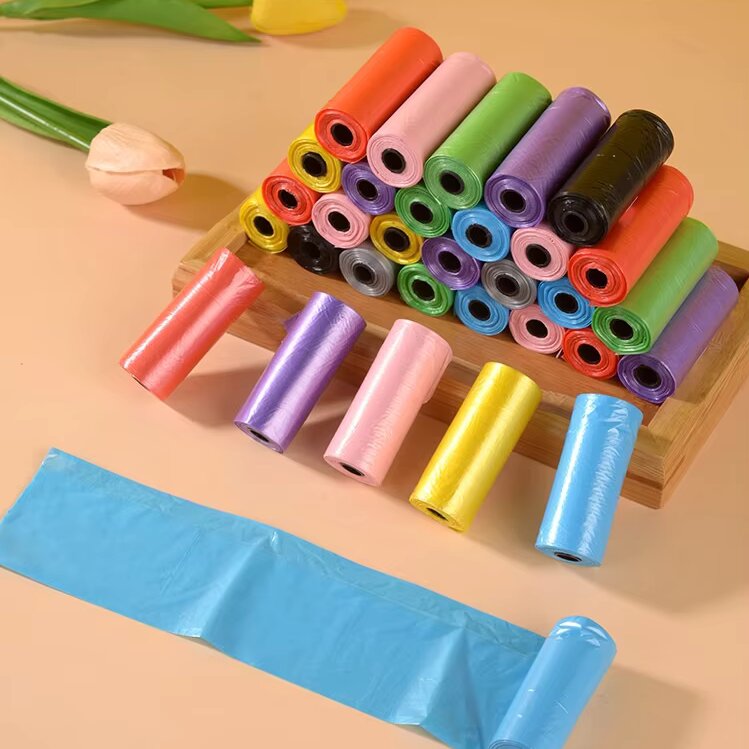
The demand for CPET plastic bags is growing across Europe, North America, and Asia due to:
-
Rising consumer preference for convenience foods.
-
Growth in the meal delivery and catering industries.
-
Increased focus on sustainable packaging solutions.
-
Strict food safety regulations requiring oven-safe and hygienic materials.
Reports suggest the CPET packaging market is expected to expand at a CAGR of 5–7% over the next decade, with CPET plastic bags gaining traction as a flexible alternative to trays.
Expert Insights
Dr. Amanda Reynolds, a packaging materials scientist, notes:
“The adaptability of CPET plastic bags makes them one of the most promising packaging solutions for the ready-meal sector. Their ability to go from freezer to oven addresses both consumer convenience and food safety.”
Meanwhile, foodservice consultant David Klein adds:
“Restaurants adopting CPET plastic bags reduce operational costs by minimizing dishwashing and food transfers, while also ensuring meals retain their quality during reheating.”
Comparison: CPET vs Other Materials
| Property | CPET Plastic Bags | PP Bags | PLA Bags | PE Bags | Aluminum Foil Bags |
|---|---|---|---|---|---|
| Heat Resistance | Up to 220°C (oven-safe) | Up to 120°C | Up to 90°C | Not oven-safe | Excellent (oven-safe) |
| Freezer-Safe | Yes | Yes | Limited | Yes | Yes |
| Recyclability | Yes (PET stream) | Limited | Industrial only | Limited | Limited |
| Transparency | Opaque | Clear | Clear | Clear | Opaque |
| Cost | Moderate–High | Low | High | Low | Moderate |
From the comparison, it’s clear why CPET plastic bags stand out as the balanced choice for heat resistance, safety, and recyclability.
Future Outlook
The global push for eco-friendly packaging and consumer demand for convenience strongly support the adoption of CPET plastic bags. With advancements in recycling technology and increased production efficiency, costs are expected to decrease, making them more accessible to small and medium businesses.
Innovations such as compostable CPET blends and smart ovenable packaging (with temperature sensors) are already being researched, which could further enhance the appeal of CPET plastic bags in the coming decade.
FAQs
1. Can CPET plastic bags go in the oven?
Yes, CPET plastic bags are designed for oven use up to 220°C, making them safe for baking, roasting, and reheating.
2. Are CPET plastic bags microwave-safe?
Yes, they are microwave-safe and can go directly from the freezer to the microwave.
3. Are CPET plastic bags recyclable?
Yes, they can be recycled in facilities that process PET/CPET materials.
4. Are CPET plastic bags safe for food?
Absolutely. They are FDA and EU-approved for direct food contact.
5. How are CPET plastic bags different from PET bags?
PET bags are clear and not oven-safe, while CPET plastic bags are crystallized, heat-resistant, and opaque.
Conclusion
As the food industry seeks packaging that balances safety, sustainability, and convenience, CPET plastic bags emerge as a top contender. Their unique ability to endure high temperatures, move seamlessly from freezer to oven, and maintain food quality sets them apart from traditional plastic solutions. While challenges such as cost and recycling infrastructure remain, the long-term benefits of CPET plastic bags for foodservice, retail, and consumers are undeniable.
By adopting CPET plastic bags, businesses not only meet consumer demand for convenience but also take meaningful steps toward reducing food waste and promoting eco-friendly packaging practices.
References
-
PlasticsEurope. Polyethylene Terephthalate (PET) and CPET Overview. Available at: https://plasticseurope.org
-
European Food Safety Authority (EFSA). Safety Assessment of CPET Packaging for Food Contact. Available at: https://www.efsa.europa.eu
-
Smithers. Global CPET Packaging Market Report 2024–2030. Available at: https://www.smithers.com
-
U.S. Food and Drug Administration (FDA). Food Contact Substances Notifications: CPET Materials. Available at: https://www.fda.gov
-
Packaging Insights. Trends in Ovenable and Microwaveable Packaging. Available at: https://www.packaginginsights.com
Disclaimer & Copyright Notice
This article is created by the Dashan Packing editorial and research team.All information presented here is for educational and industry reference purposes only.Some data and standards cited in this article are sourced from publicly available materials,official regulatory documents, or third-party publications, which are properly credited where applicable.
All rights to third-party trademarks, images, and content belong to their respective owners.If any copyrighted material has been used inadvertently, please contact us at angel@chndashan.com.We respect intellectual property rights and will promptly remove or revise any material upon verification.


